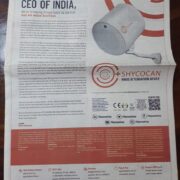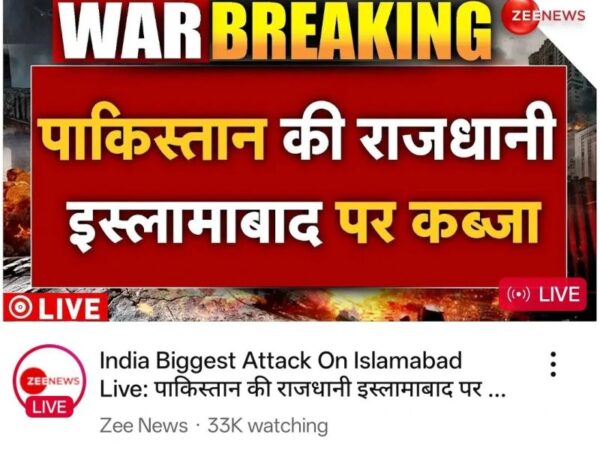
If you unlock but expect people to be ‘responsible’ and only step out if necessary, stay 6 feet away from one another, wear masks, and not go to large functions, parties, or gatherings, you will see a steady drop in Covid cases, along with a steep drop in the economy, such that by the time the virus leaves and people are free to mingle, there will be no reason left to mingle. Shopkeepers will be dead, manufacturers will be underwater, retailers would have shut shop, employment would be dropping like a rock, and banks would be going bust due to the defaults.
If you unlock and let the crowds come back, the marketplaces get filled with the buzz of buyers and sellers, and people are confident that tomorrow’s a better day, where they’ll make more money, and so will be out spending, and gradually lifting the economy out of the gloom it finds itself in now, you will have the third wave hitting you so fast, you’d think the second was a teddy bear’s picnic.
This is a Catch-22 situation. Damned if you do, damned if you don’t. I’d hate to be a politician or a bureaucrat in charge of making decisions on lockdowns today.
What then is the solution to this?
- Vaccinate. Vaccinate. Vaccinate.
- Use the Arogya Setu app as a vaccine passport.
- Let those that have been vaccinated once go to a limited number of places that can be defined with a specific colour outside the establishment.
- Let those who have had both shots go anywhere they like.
- Pour money into vaccine research, development, raw material supply chain, storage, and logistics as well as enhanced health care, by building 1000-bed hospitals in each district (718 districts in India) connected to a government medical college offering dental, pharmacy, nursing, and research as well as medicine and surgery. Then, do it again. Until all your ratios of doctors, nurses, beds, etc to the local population don’t start looking like the best in the world.
- Get rid of AYUSH. Ban the use of non-approved (those that have not passed through a process of rigorous peer review and public clinical trials) substances and devices for health and medicine.
- Create, with expert involvement, a national escalation matrix to be activated in times of pandemics. Make this public. Put the force of the Parliament behind it. Let everyone know when and how the government is going to contain the next wave or next virus or next health emergency by step-wise, transparent, and well-planned processes for which systems, budgets, and personnel have been earmarked, trained, and are continuously upping their skills and knowledge. Include media in your plans. Engage with journalists as much as doctors and researchers.
- Restart dead and dying PSUs in health, specifically manufacturing and research. If not, build new institutes.
- Engage with the insurance industry to help them (if necessary, via new laws and rules) to create products to tackle the next health emergency, not just in terms of hospitalisation and medicines, but also loss of livelihood. Invest in covering every Indian with massive health insurance that takes care of the patient’s physical and mental well-being from a health perspective as well as any loss of livelihood related to health issues, not just during a pandemic.
- Create a health authority that covers all of this. Fill it with experts. Make it autonomous like the RBI and SEBI, where the committee and the Chair are not kowtowing to the treasury benches.
- Get the ratios of beds and doctors, nurses and staff, and health infrastructure to the population to world-class levels.
- We have excellent IPR laws. Take a relook at them to see if they need to be tweaked for medical and health products. Strengthen the courts’ hands, as well as contract and IP law to ensure swift and inexpensive justice that can and will be implemented on the ground. Offer tax cuts and incentives for those that bring in new tech.
- Use this newly built infrastructure to turn India into a giant lab that researches, a factory that produces, and professionals that service health and health-related issues in the future.
This is an opportunity we should not let go of. It will raise the standard of living, lifestyle, life expectancy, and the quality of life and healthcare for Indian citizens, and turn us into a vast market for new research, new manufacturing, and new medical and health personnel, as well as boost the economy, just like the IT boom did 20 years ago.
Anything else I may have left out?
P.S: Why is the Taj Mahal in the image? Because notwithstanding what a wonderous thing it is, I’d rather than non-Indians came to India to be healed in the world’s best health system than to see the Taj, which we can always include in the price of their visit to the surgeon! If there is a real ‘आपदा में अवसर’, it is this.



















